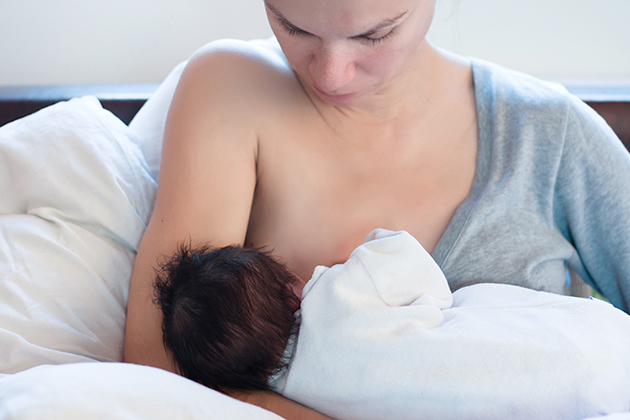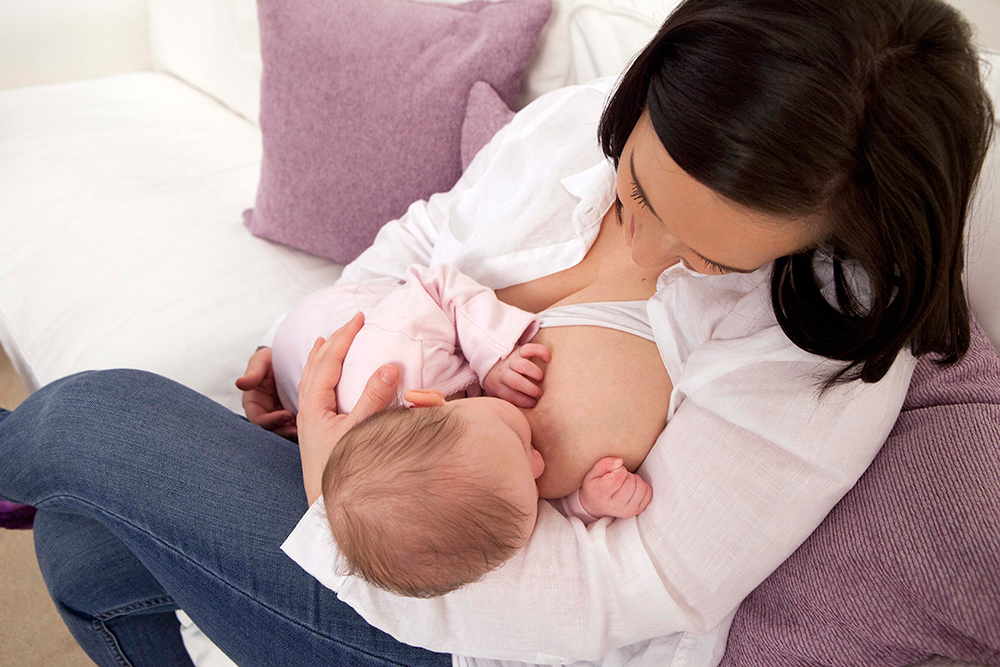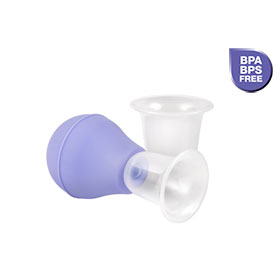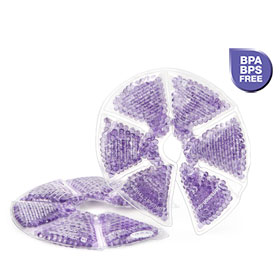Advice Articles
- Home
- Advice Articles
- Breastfeeding
- Breastfeeding – The Early Days
Breastfeeding – The Early Days

Just keep persevering and trust that you are giving your baby the best possible food which comes with many health benefits for both him/her and you. And of course, you get to enjoy the magical bonding breastfeeding brings.
You will be fascinated with watching your baby breastfeed, and knowing that a process which comes so naturally to your baby actually is quite a complex one (yes, you’ve got a smart little one!).
First of all, achieving a good latch is vital for a smooth breastfeeding experience and you will see baby’s mouth opening wide to latch onto the areola. It may take a bit of practice, but don’t hesitate to ask your doctor’s advice to make sure your technique is fine.
It’s important to learn to recognise the different stages of a feed, by watching the suck-swallow patterns and understanding your baby’s cues.
A breastfeed starts with the baby making short rapid sucks. This triggers the release of the oxytocin hormone, which is when the ‘let-down’ reflex occurs and your milk starts flowing.
Your baby will then go into active feeding, performing slow, long and rhythmic sucking and swallowing with pauses. Your baby’s tongue will be performing peristaltic movements, which are simply ‘wave-like’ motions baby uses to suck and which are vital for natural oral and jaw development. Your baby is a busy little bee and will be performing between 800 to 1000 such ‘wave-like’ movements during a feed! At the end of the feed, you will notice your baby ‘flutter sucking’ with occasional swallows and this is actually when he/ she gets the fattiest bit of the feed which is essential. So don’t interrupt your baby when he/ she gets to this stage as it’s essential for gaining weight well.
The most effective indicator of an effective breastfeeding is a good weight gain and you should have your baby weighed once a week until 8 weeks old and once a month until 6 months of age. Other signs that your baby is getting enough milk include 6-8 heavy wet nappies in a 24 hour period, 2 dirty nappies per day, an active alert generally happy baby with good tone and skin colour.
It’s also very useful to know the different breastfeeding positions so that you can use the most adequate to your circumstance. Here are some tips on the positions you can choose from:
- Cradle hold – this is a classic breastfeeding position, which requires you to hold your baby across your lap horizontally or at a slight angle, cradling her/ his head with the crook of your arm. Extend your forearm and hand to support her neck, spine and bottom. This is a position which works well for full-term babies and best for babies at about 1 months old when they have stronger neck muscles and it’s easier to guide their mouth to the nipple.
- Cross-over or cross-cradle hold – the difference between this position and the cradle hold is that you don’t support your baby’s head with the crook of your arm which is also supporting his/ her back and bottom, but instead use your other arm. For instance, if you’re nursing from your left breast, use your right hand to hold your baby. This position may work well for small babies who have trouble latching on
- Side lying or reclining position – in this position you are nursing while lying on your side in bed. It helps if you have pillows behind you for support and under your head and shoulders and sometimes one between your bent knees. Draw your baby close and cradle his/ her head. You should keep your back and hips aligned, not bend towards your baby, while he/ she shouldn’t strain to reach your nipple. This position is great if you are recovering from a caesarean or difficult delivery or if you are nursing in bed at night or during the day.
- The clutch or rugby ball hold – in this position you are holding your baby under your arm, tucking him/her like a football or handbag. Your baby should be positioned under your arm, facing you with her mouth and her feet pointing towards your back. Support your baby’s shoulders, neck and head and guide her/him to your nipple, chin first. This position works well if you have had a Caesarean section and it might prove easier if you have large breasts, flat nipples, or if you have twins (in which case the position is called twins hold and you will be using a cushion under your babies as you gently support them with your hand on their upper backs).
- Koala hold: straddle your baby across one of your legs and support her/ him while breastfeeding.
- Laid back breastfeeding – you are semi-reclining in this position and your baby is lying on his/her tummy across your stomach whilst breastfeeding
On occasions baby will need to be breastfed when out and about, for mums who feel a little apprehensive there are a variety of accessories to ensure you feel more comfortable. There are also many breastfeeding-friendly locations which can help you feel fully at ease – you can use the Apps on your phone to identify them, or just a simple Google search.
Enjoy the breastfeeding experience!
Related Categories
Related Articles
-

Baby’s First Feed
Baby's First Feed Read breastfeeding advice and what to expect in the first few days...
Read More -

The importance of breastfeeding
Studies have shown that the health benefits of breastfeeding for both mother and baby are extensive,...
Read More -

Bonding
This type of bonding can happen very quickly within minutes or hours of birth,...
Read More -

Breastfeeding Positions
Across Lap - Cradle Hold With the across lap - cradle hold breastfeeding position, the baby’s...
Read More
You May Also Need
-
... View -

HPA® Lanolin Nipple Cream for Sore & Cracked Nipples
Sore nipples are very common during breastfeeding and can often be a result of the uncomfortable positioning... View -

LatchAssist™ Nipple Everter
When a baby cannot achieve a good latch, trying to breastfeed can be frustrating and upsetting for both... View -

Thera°Pearl® 3-in-1 Breast Therapy
Flexible and reusable, Thera°Pearl’s 3-in-1 Breast Therapy packs have soft covers that can be slipped... View
